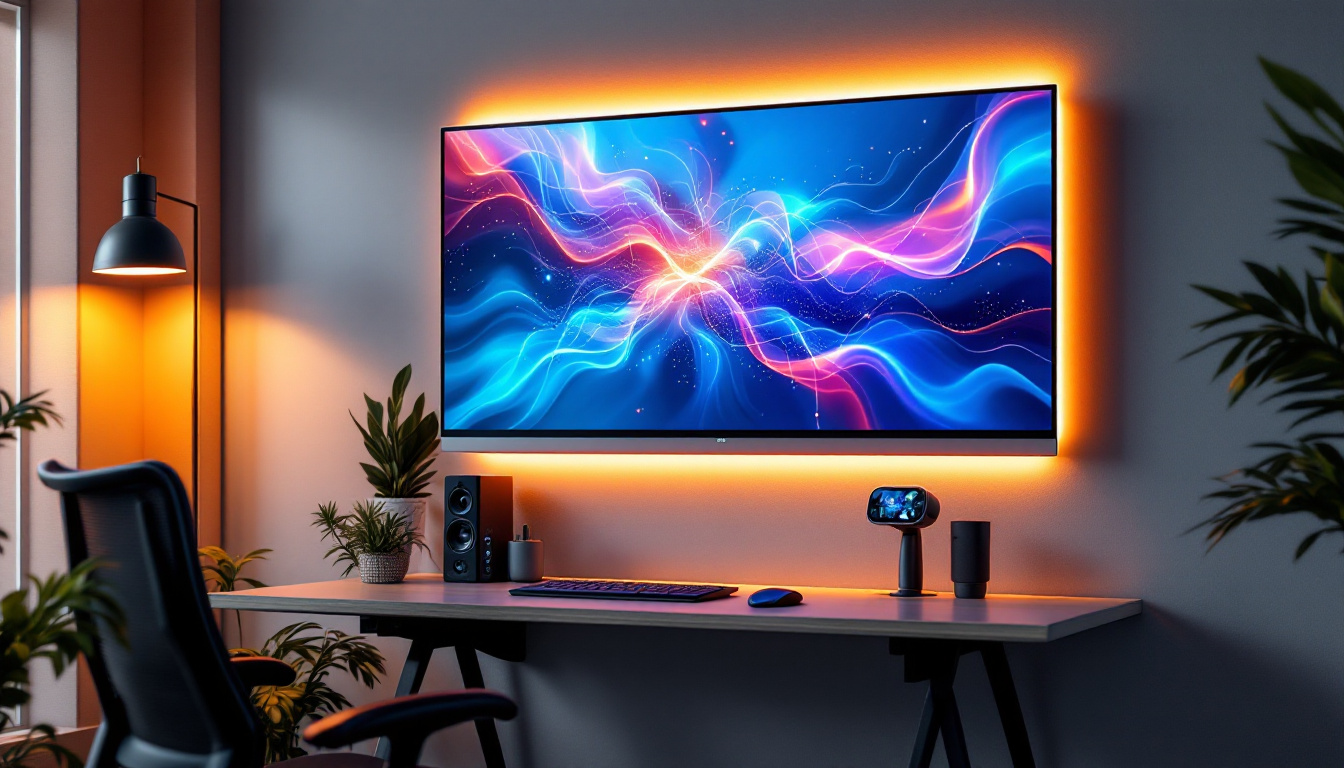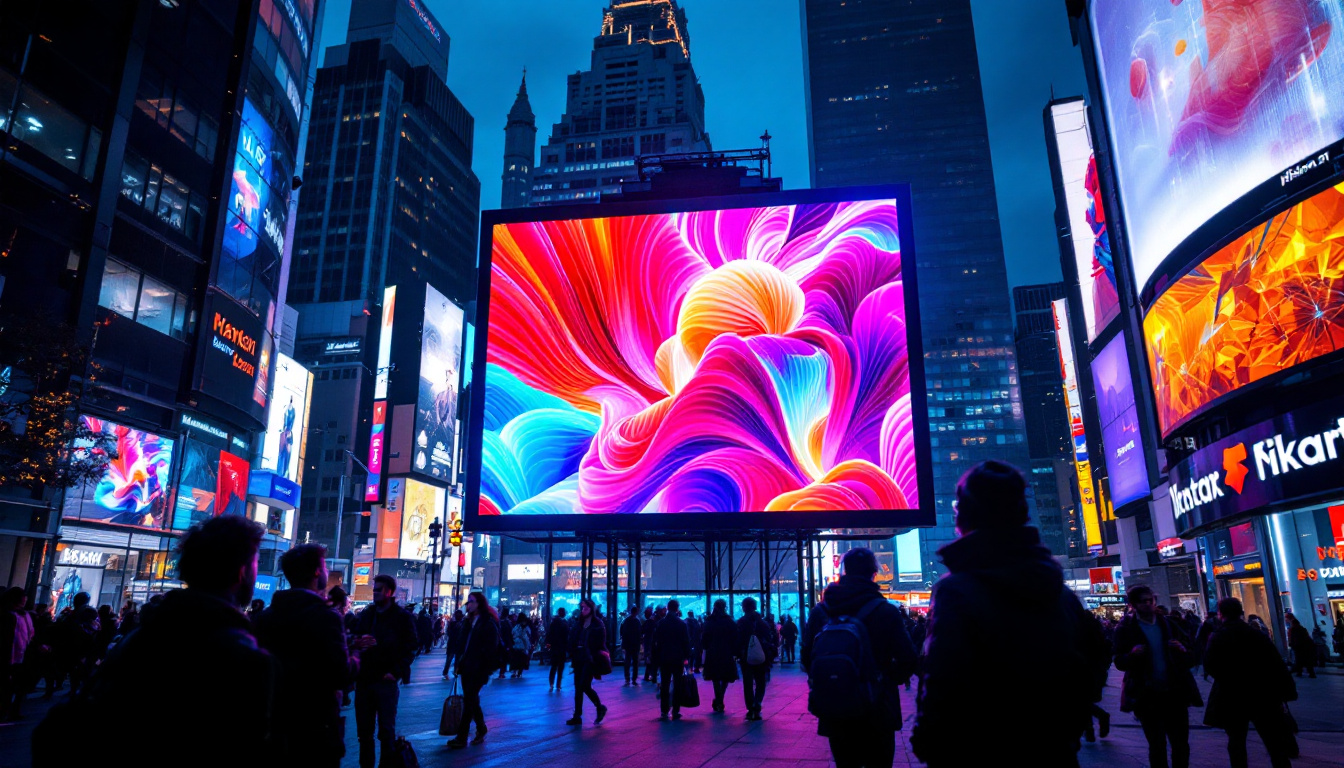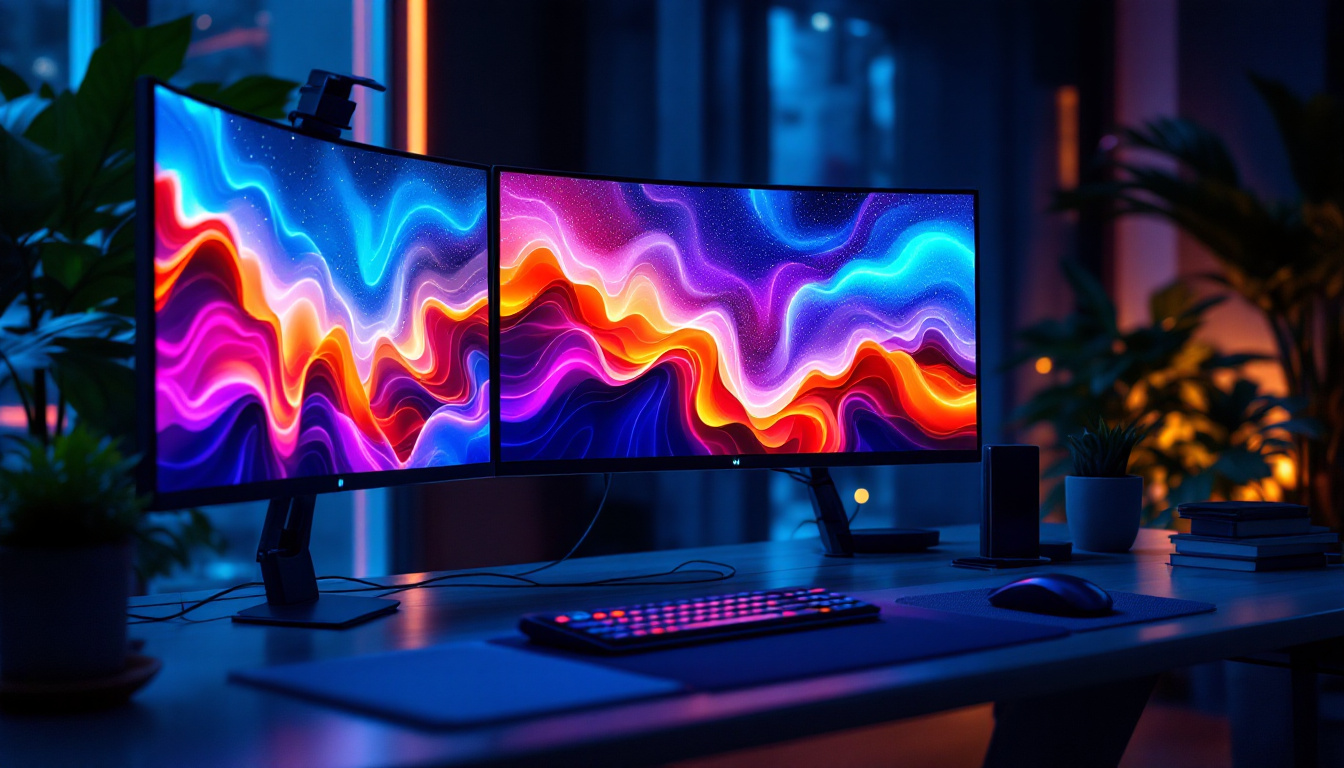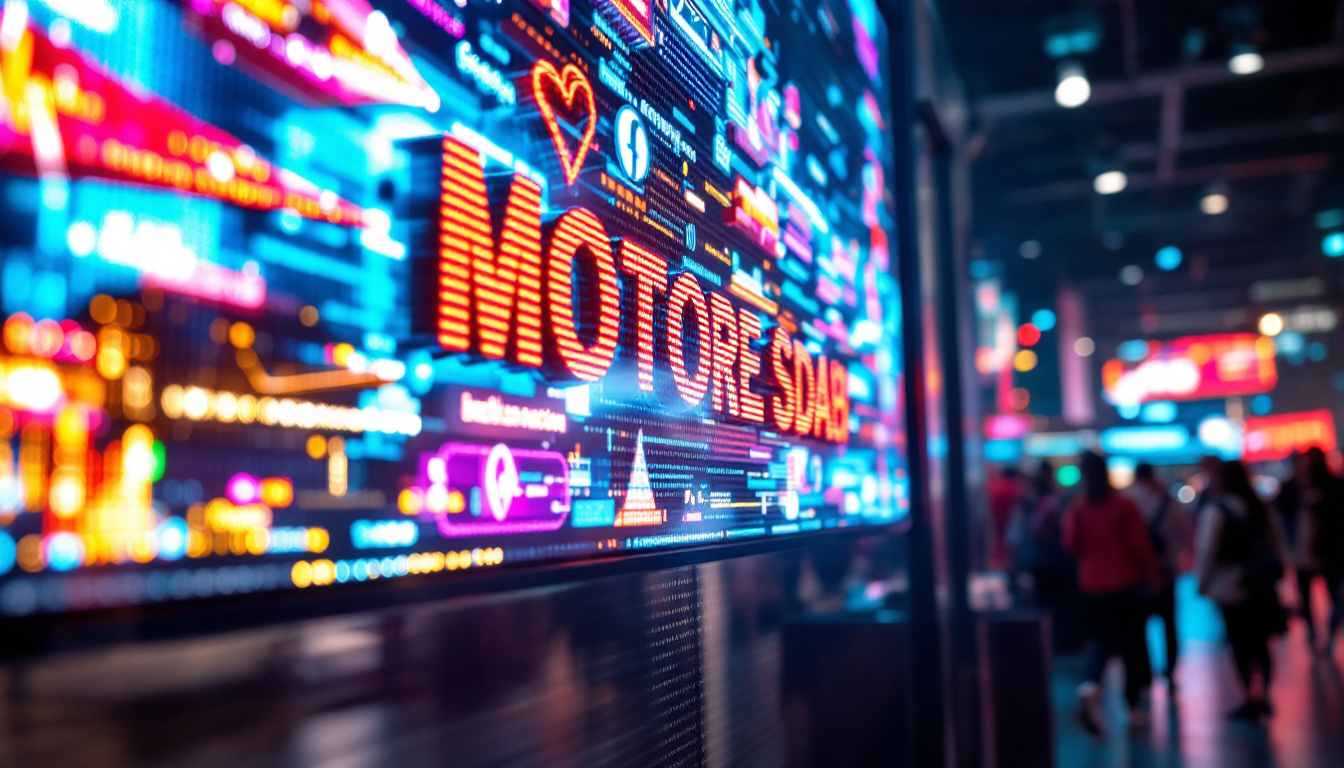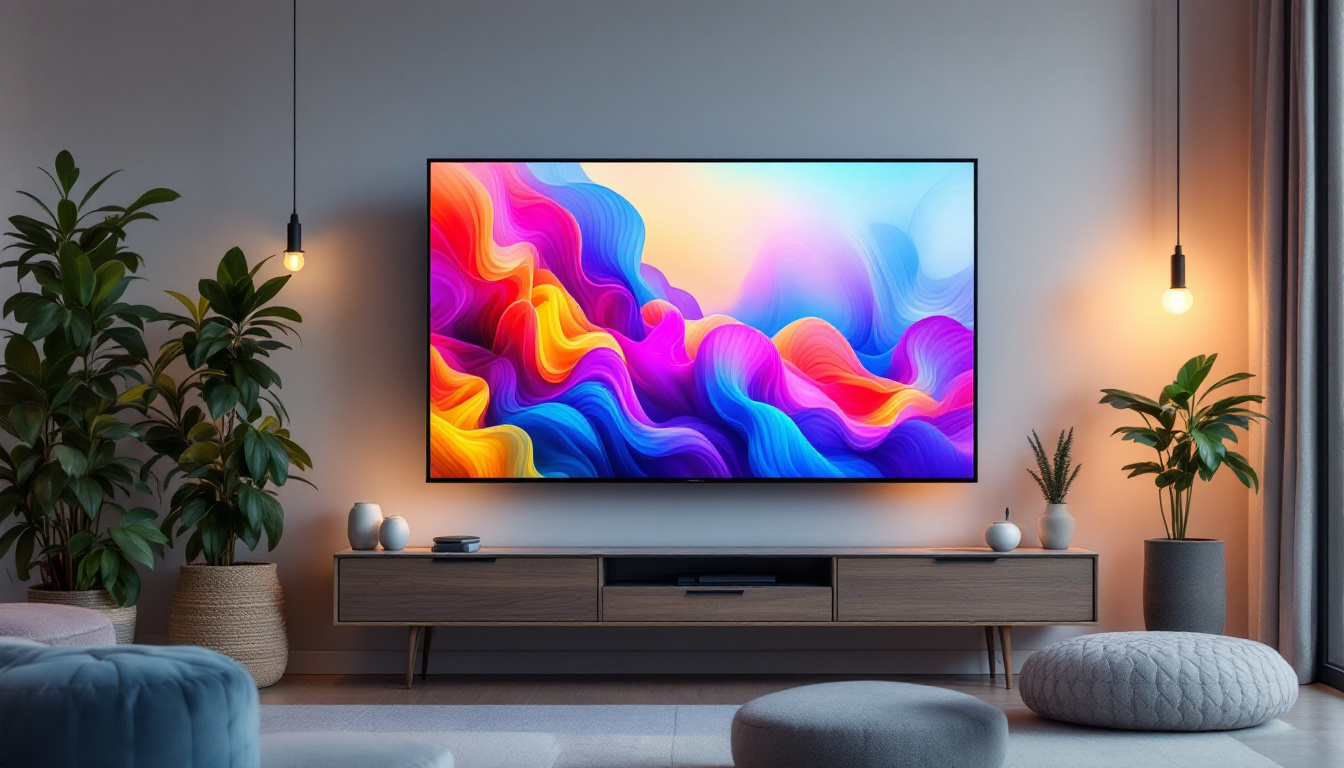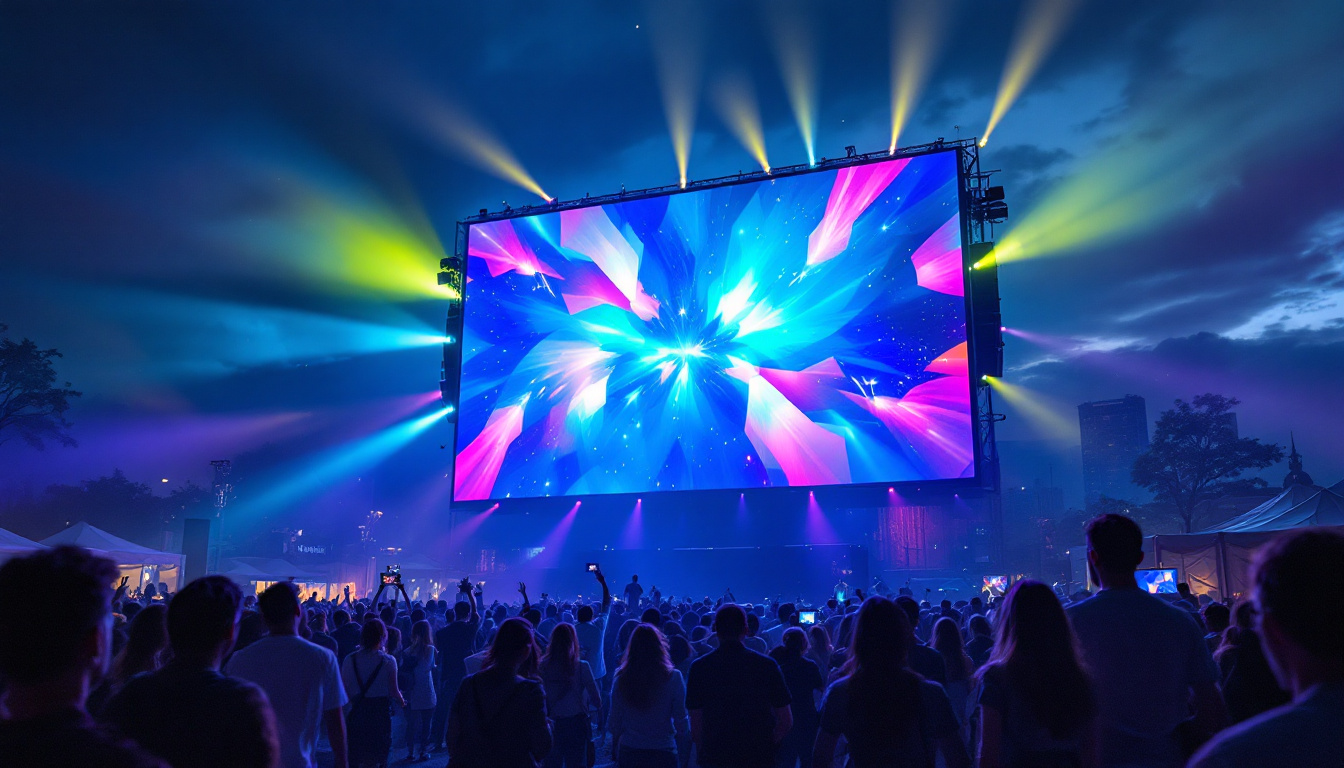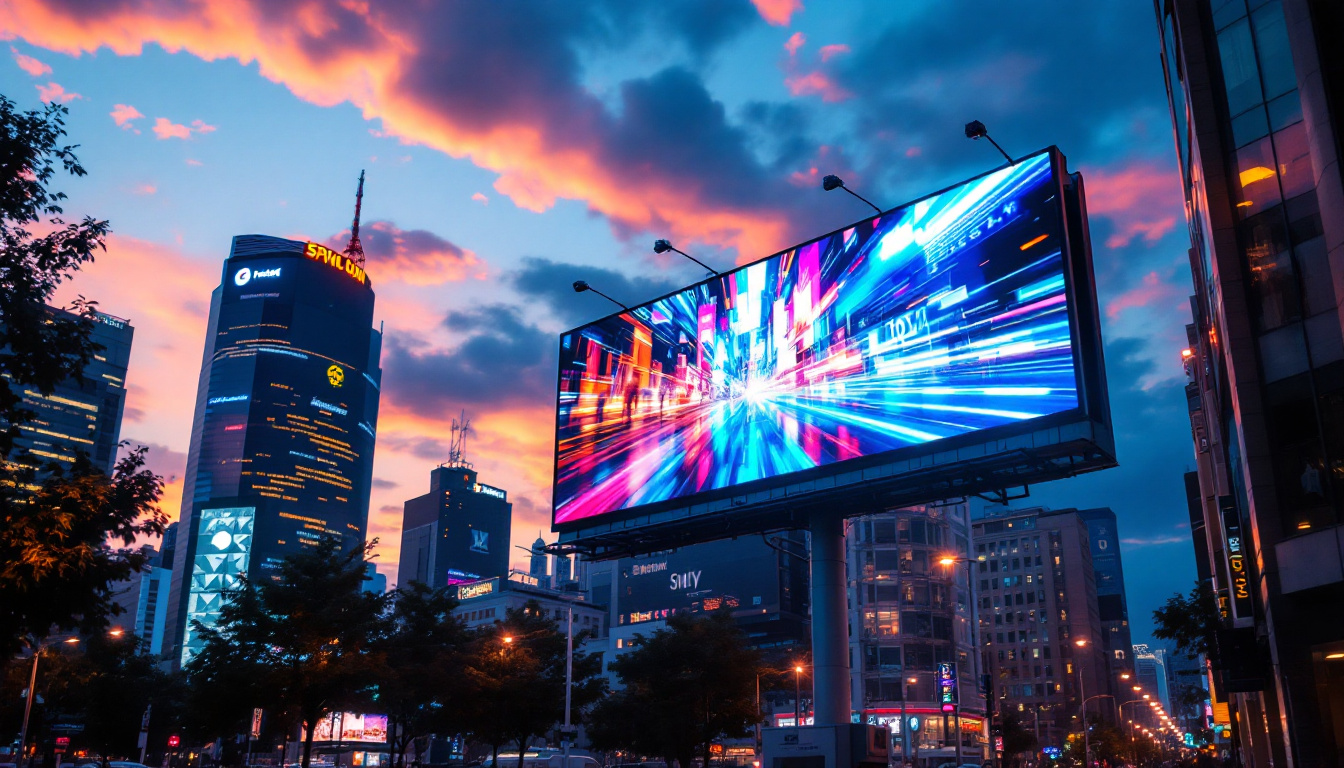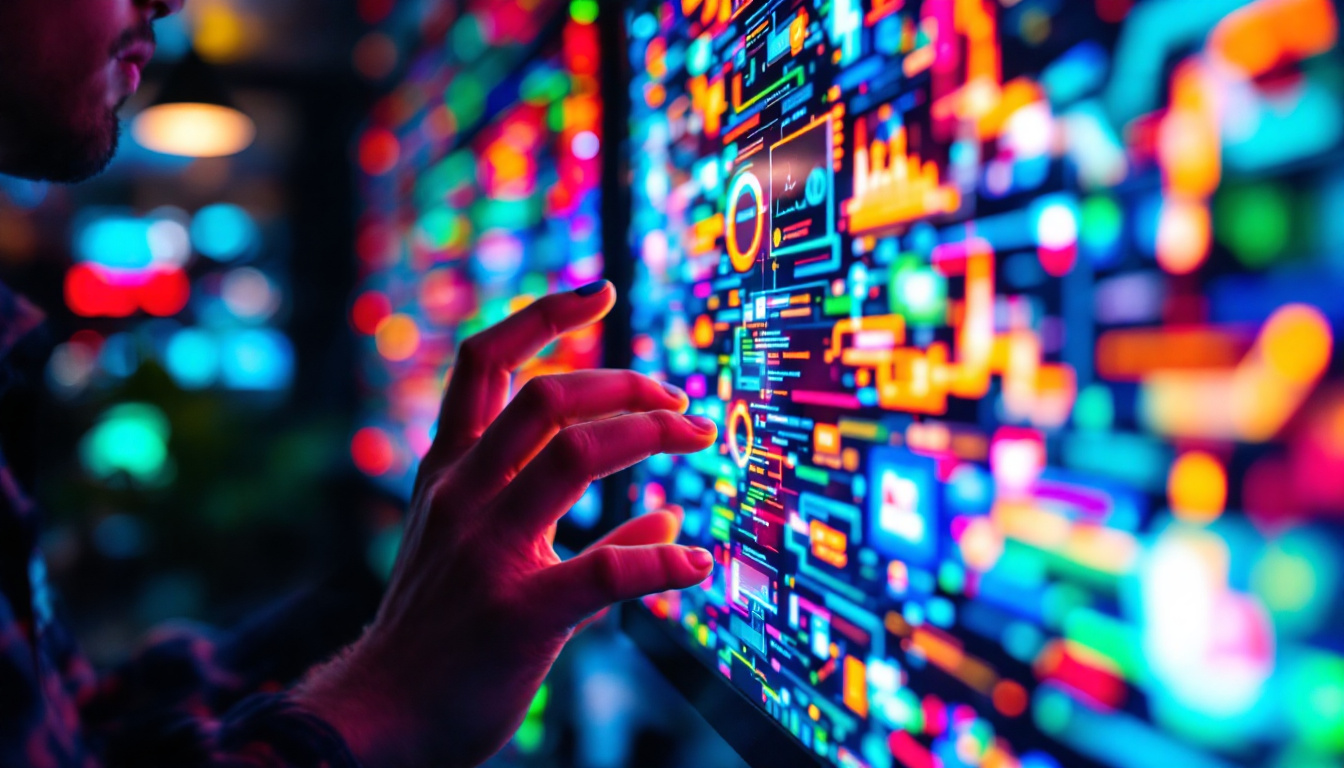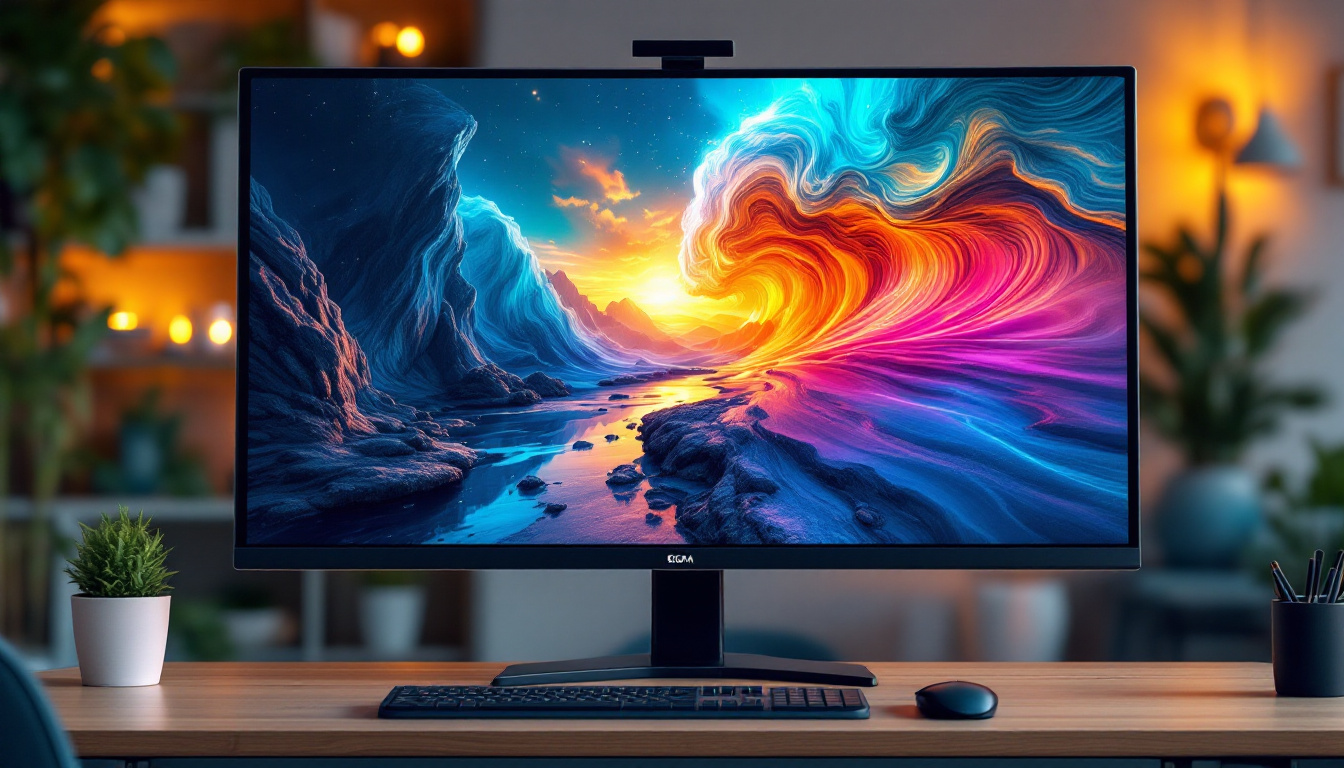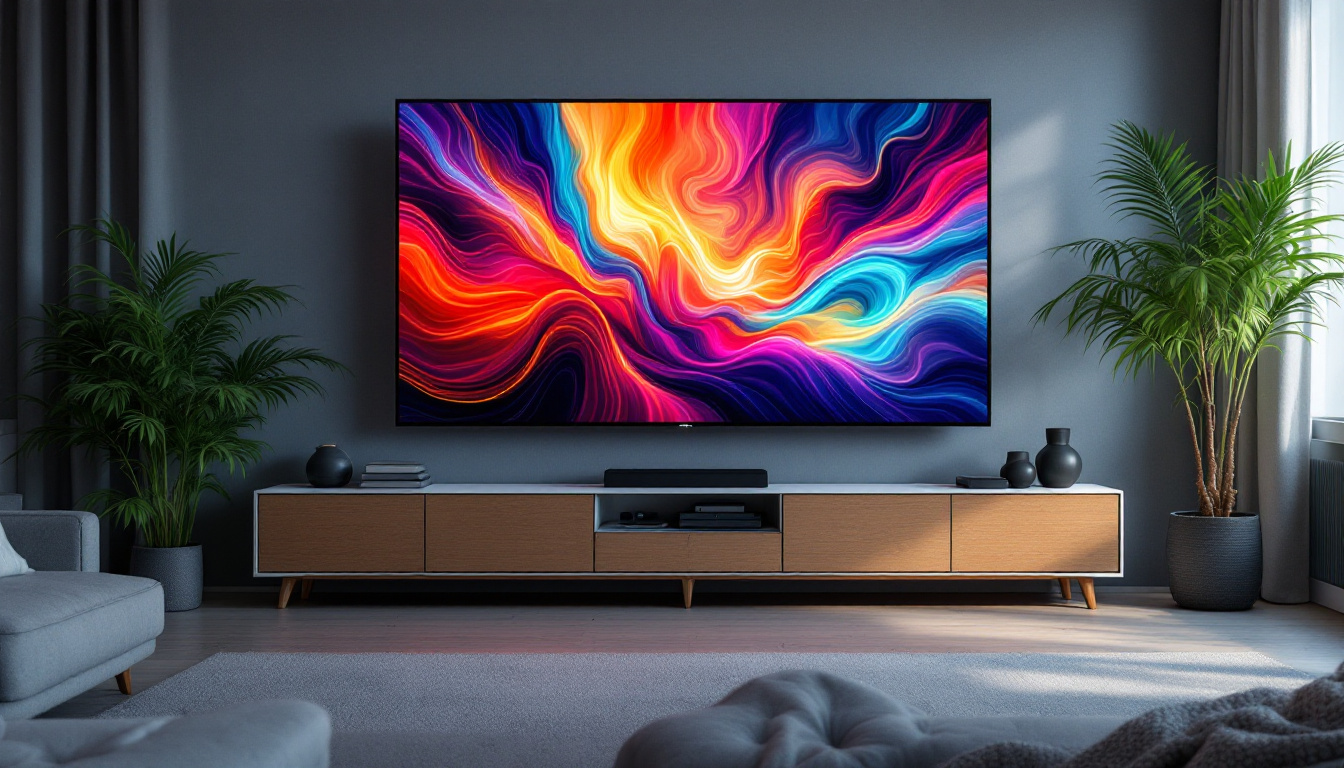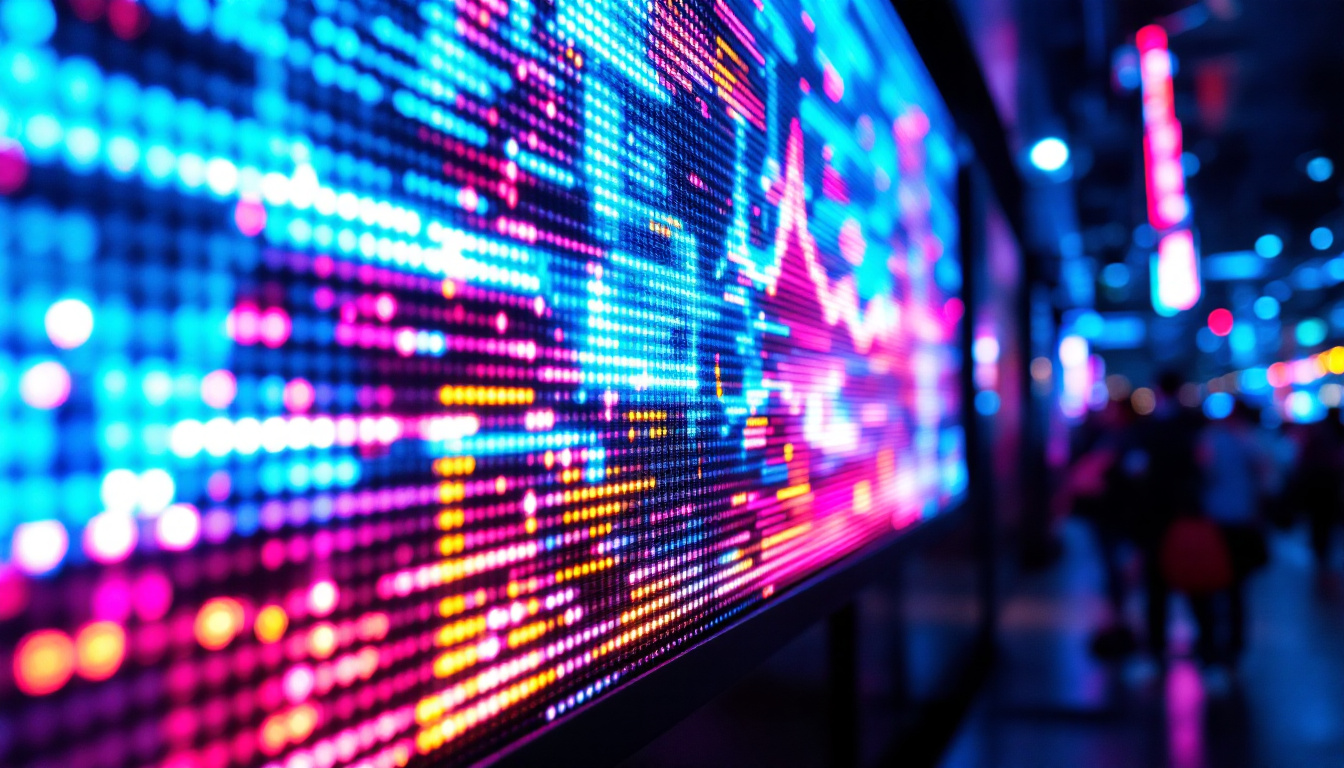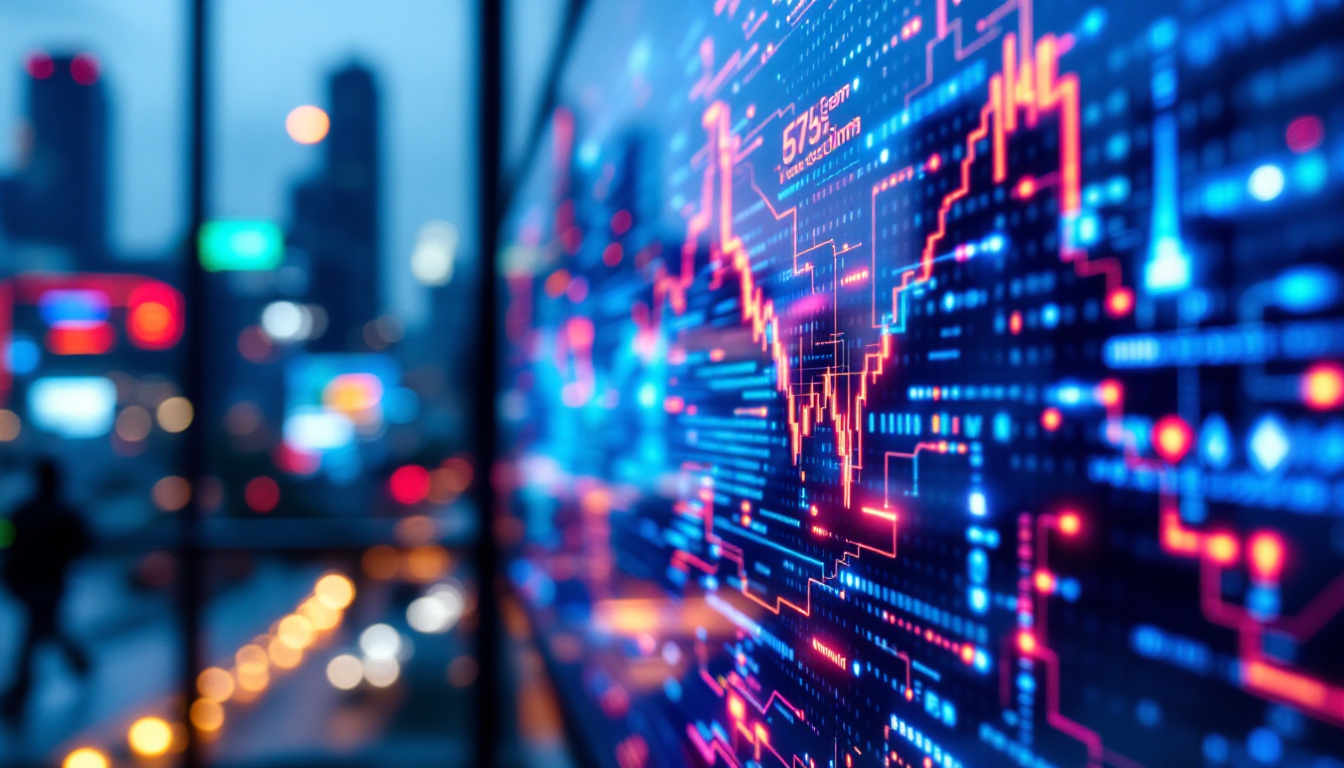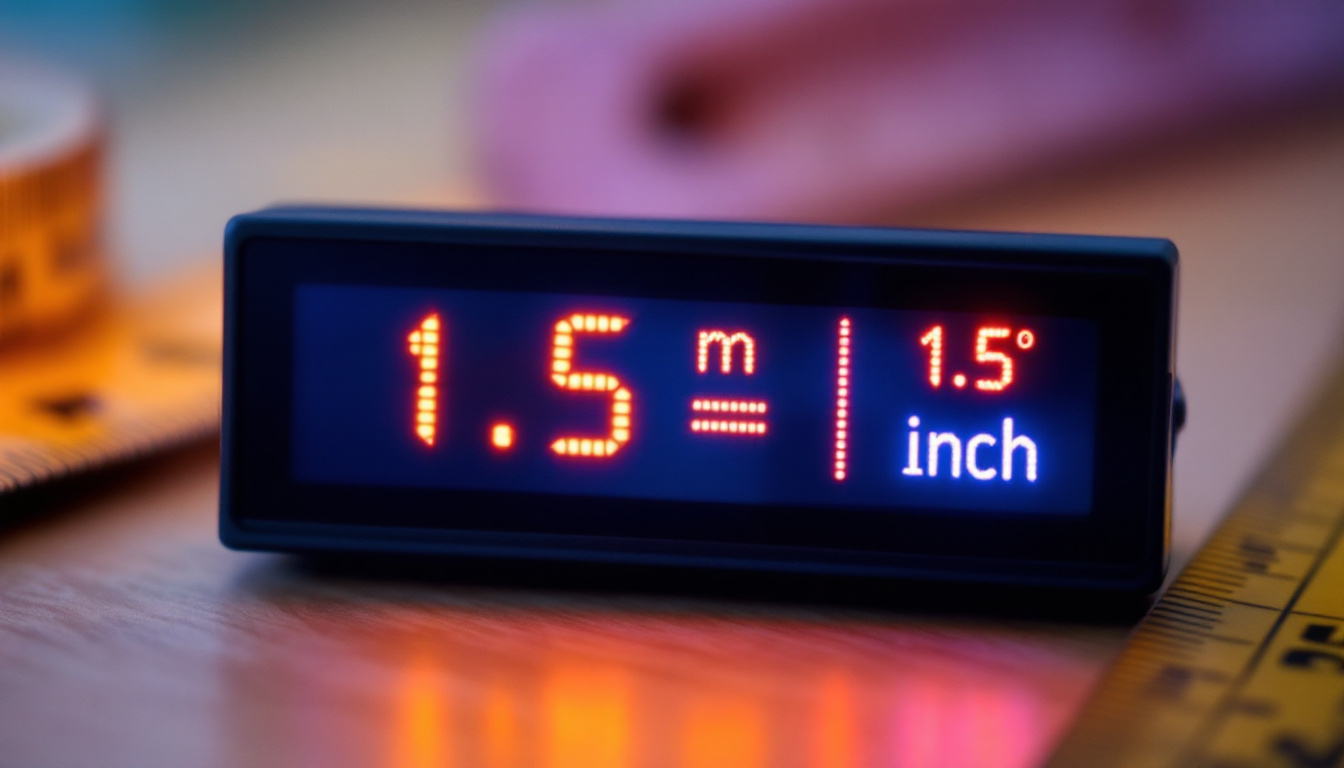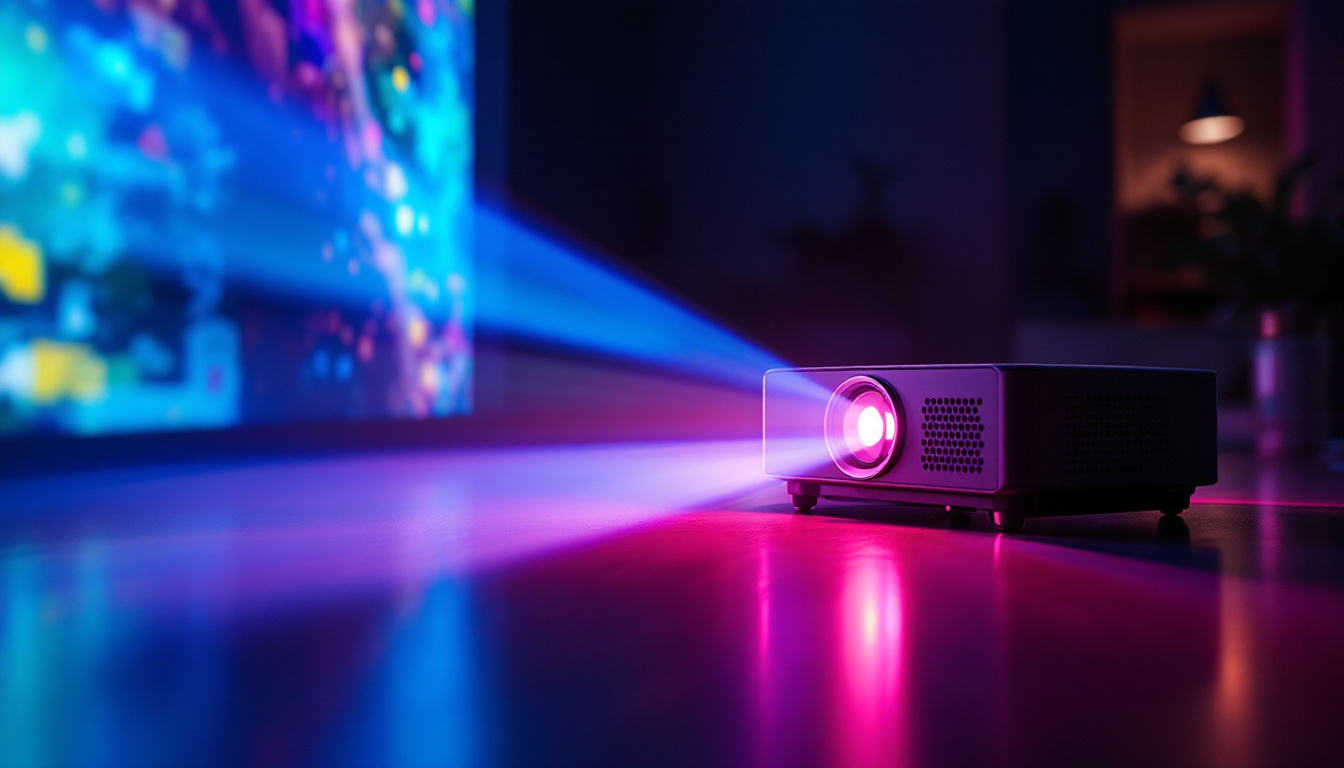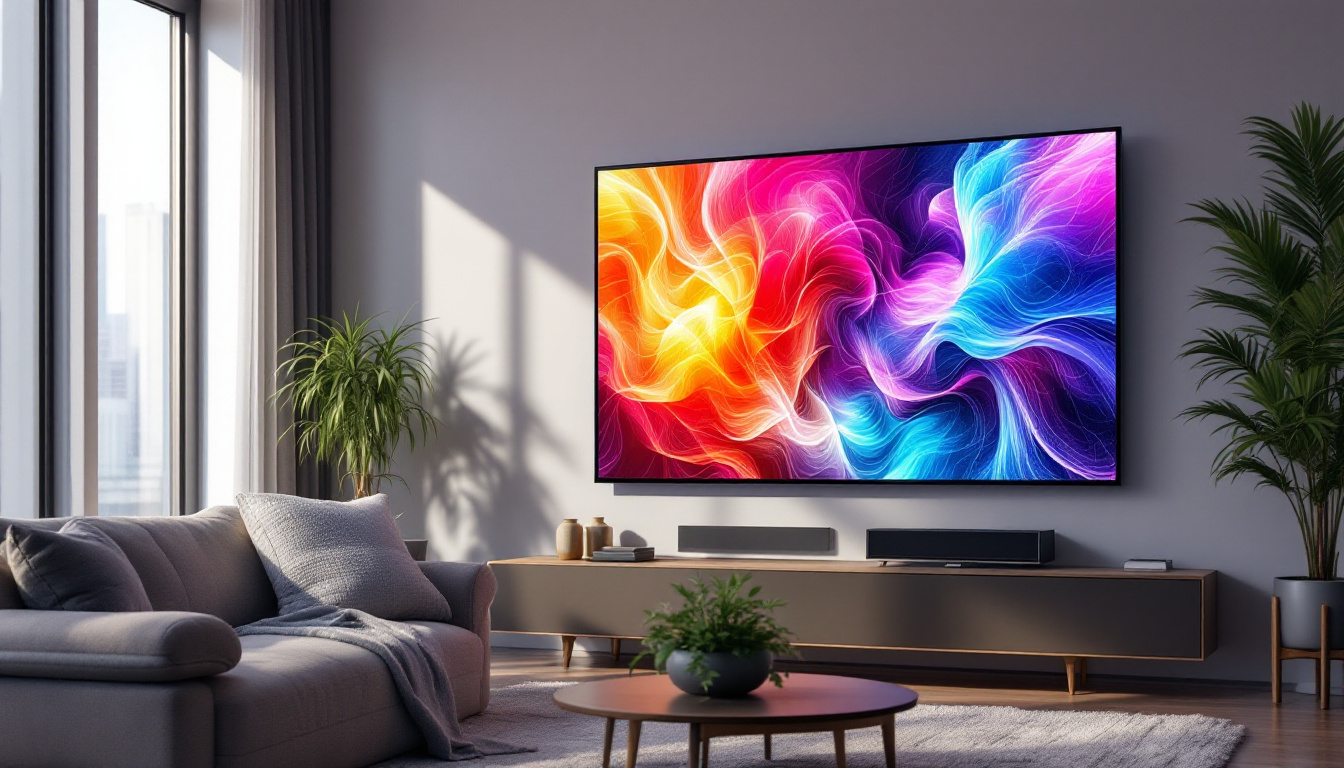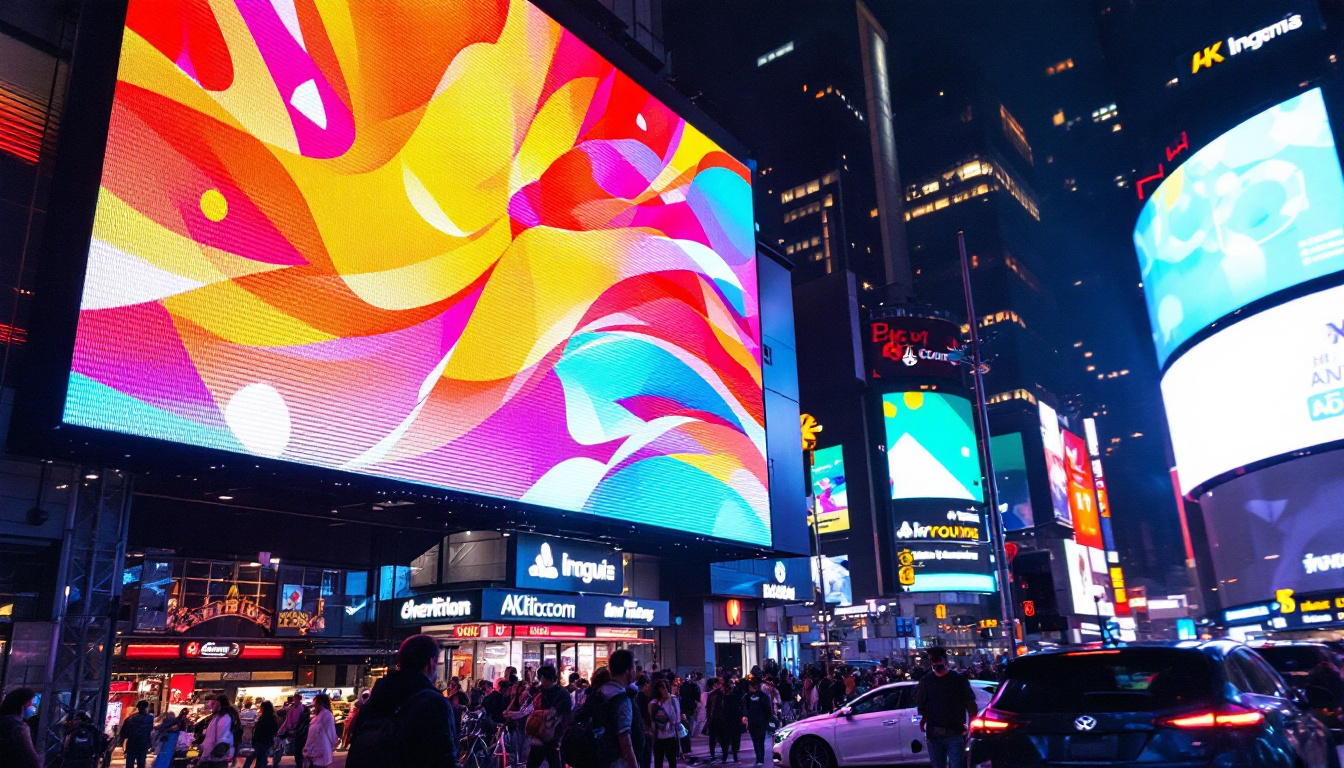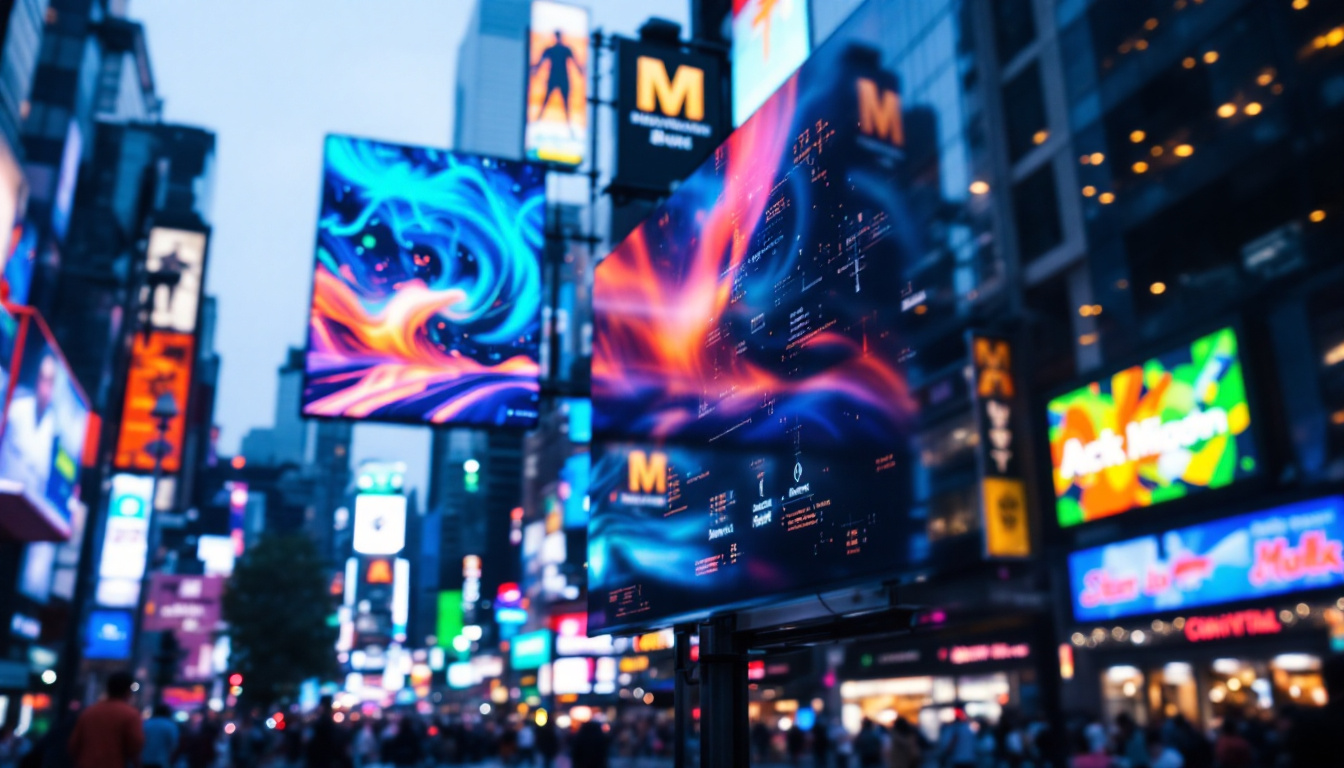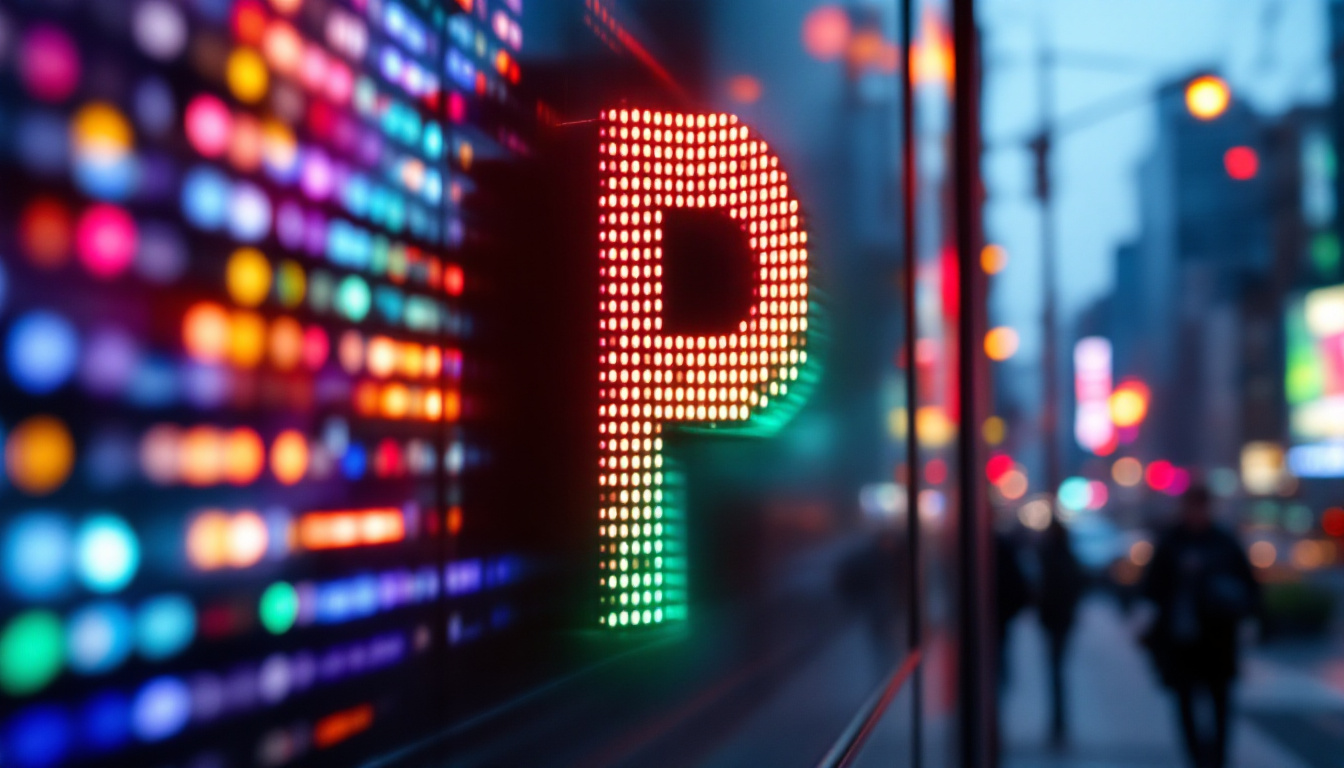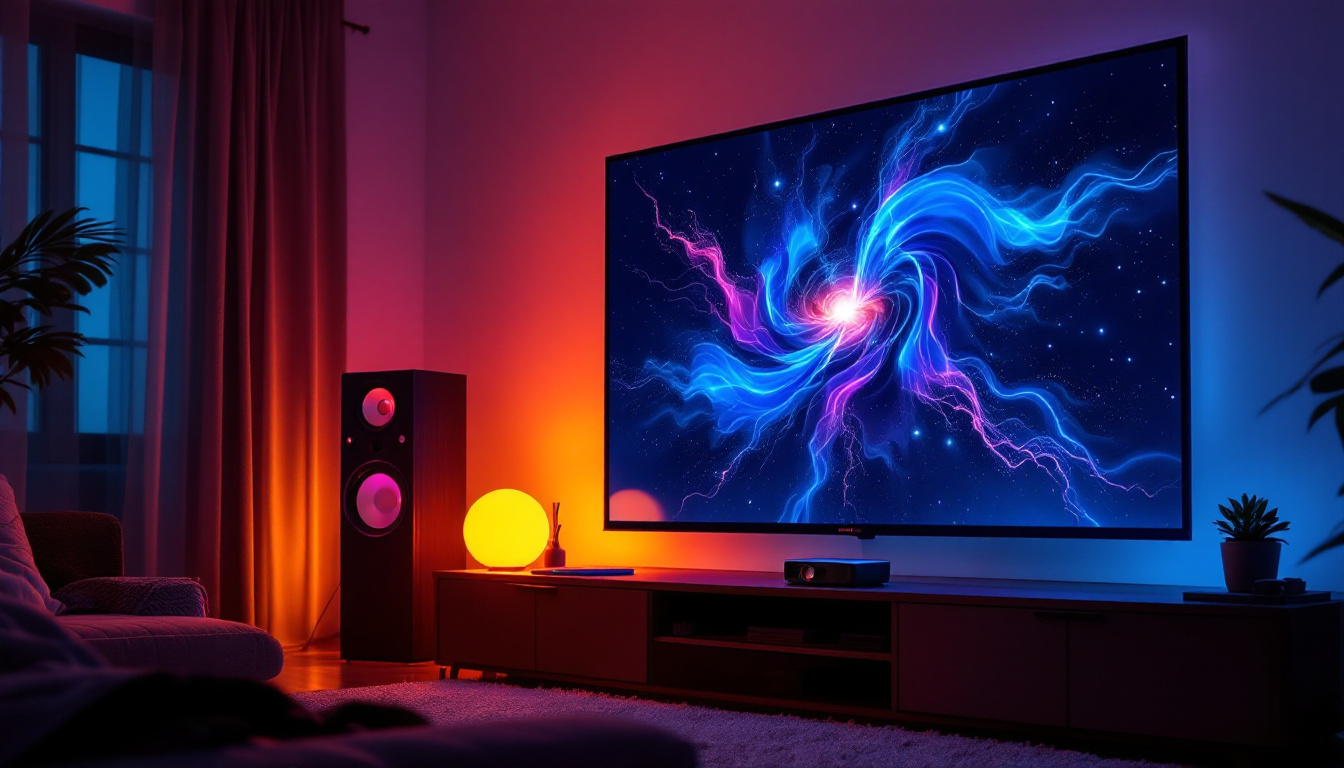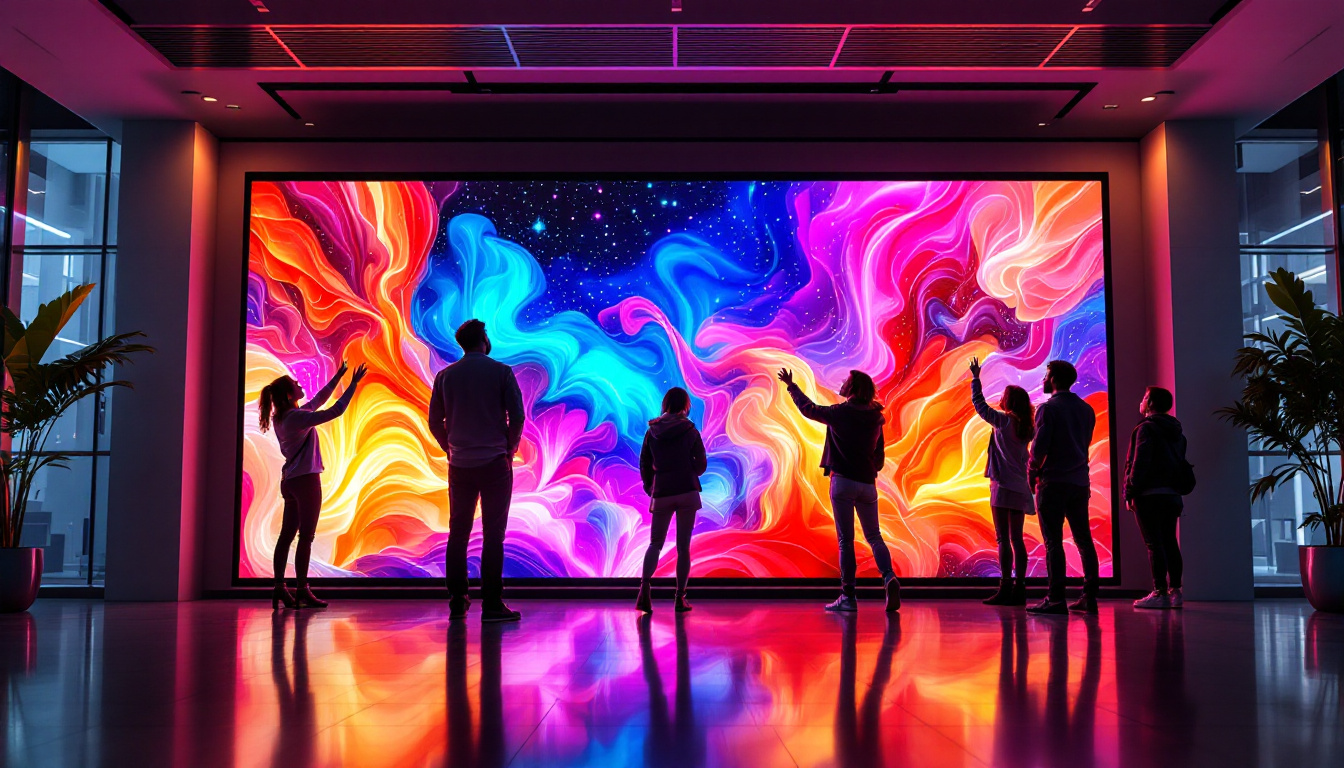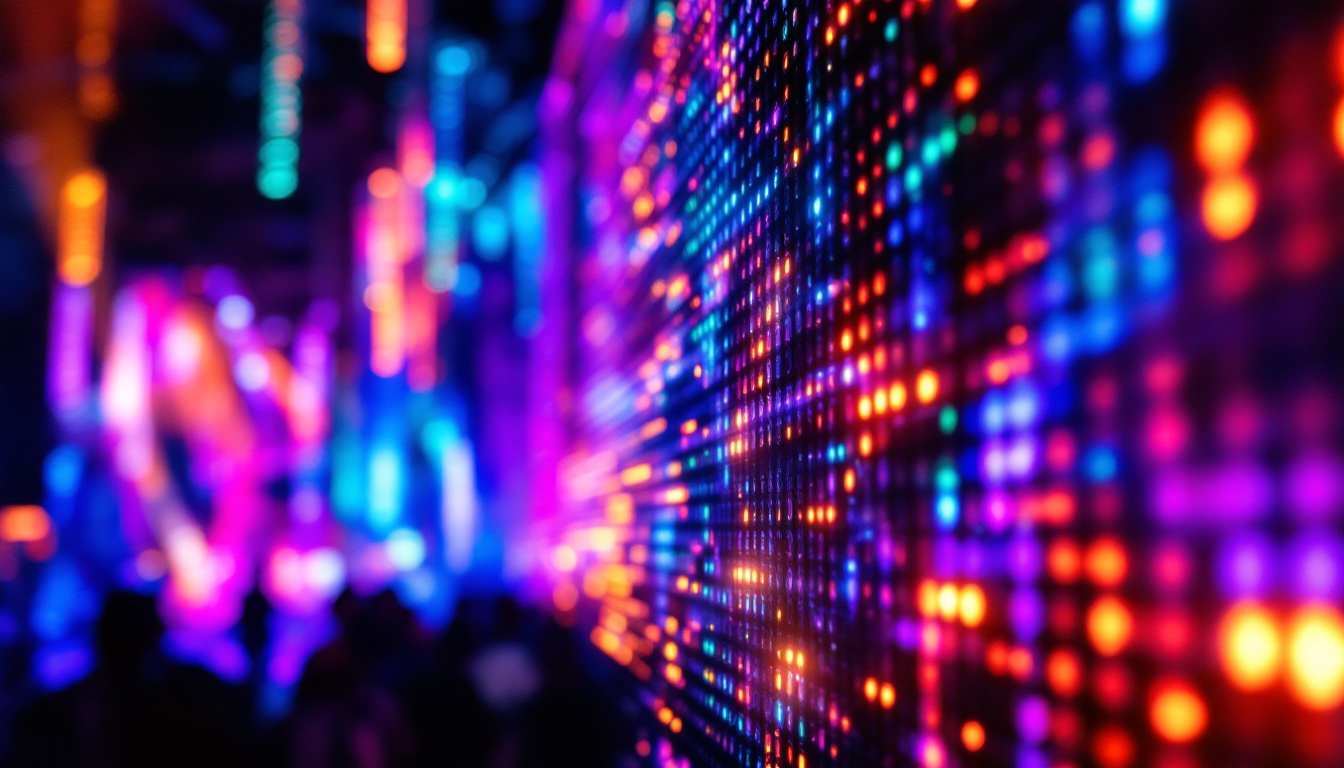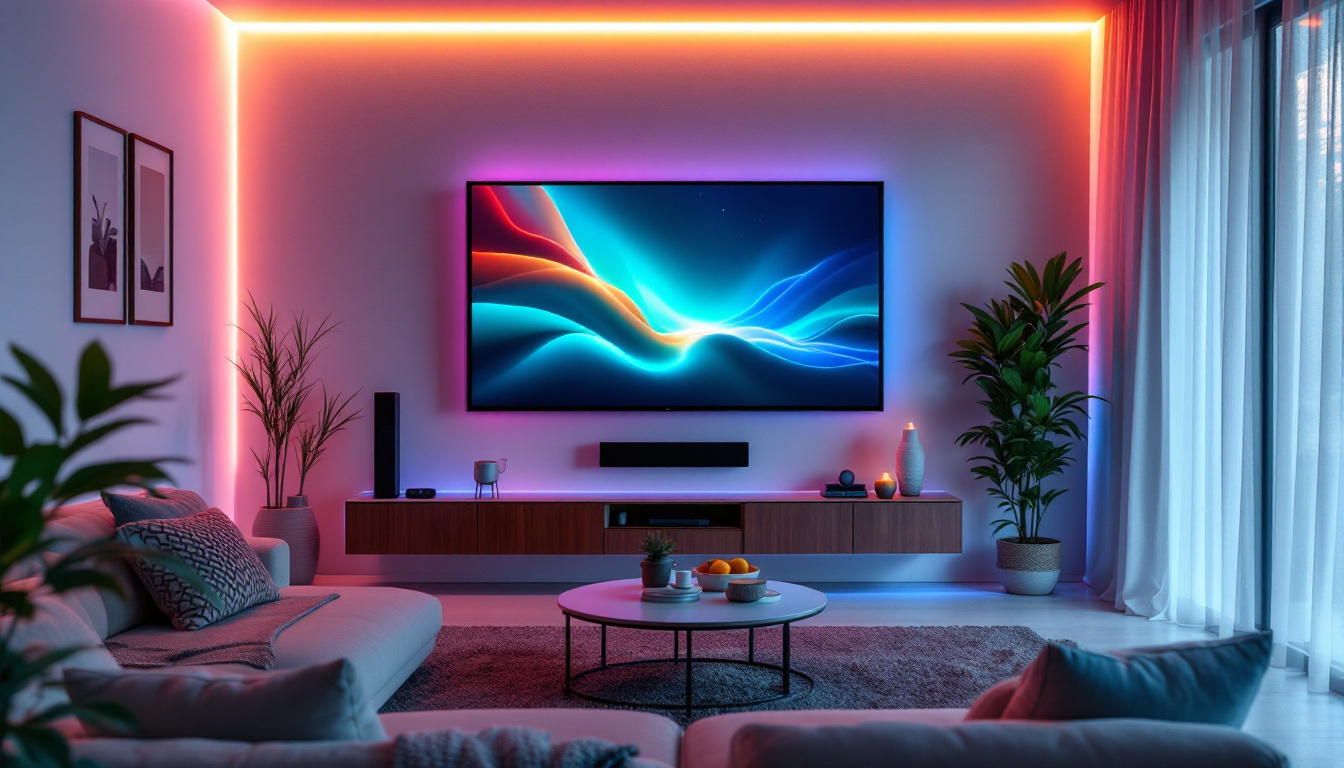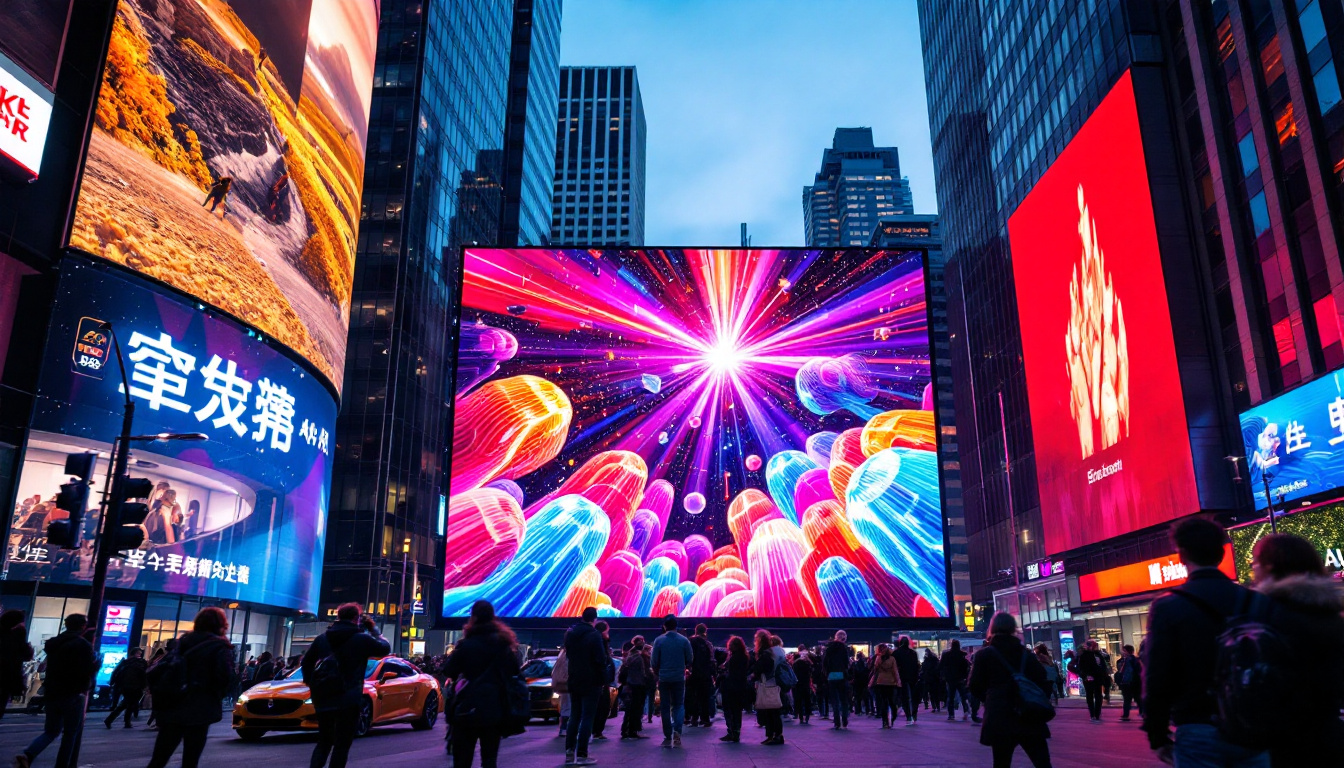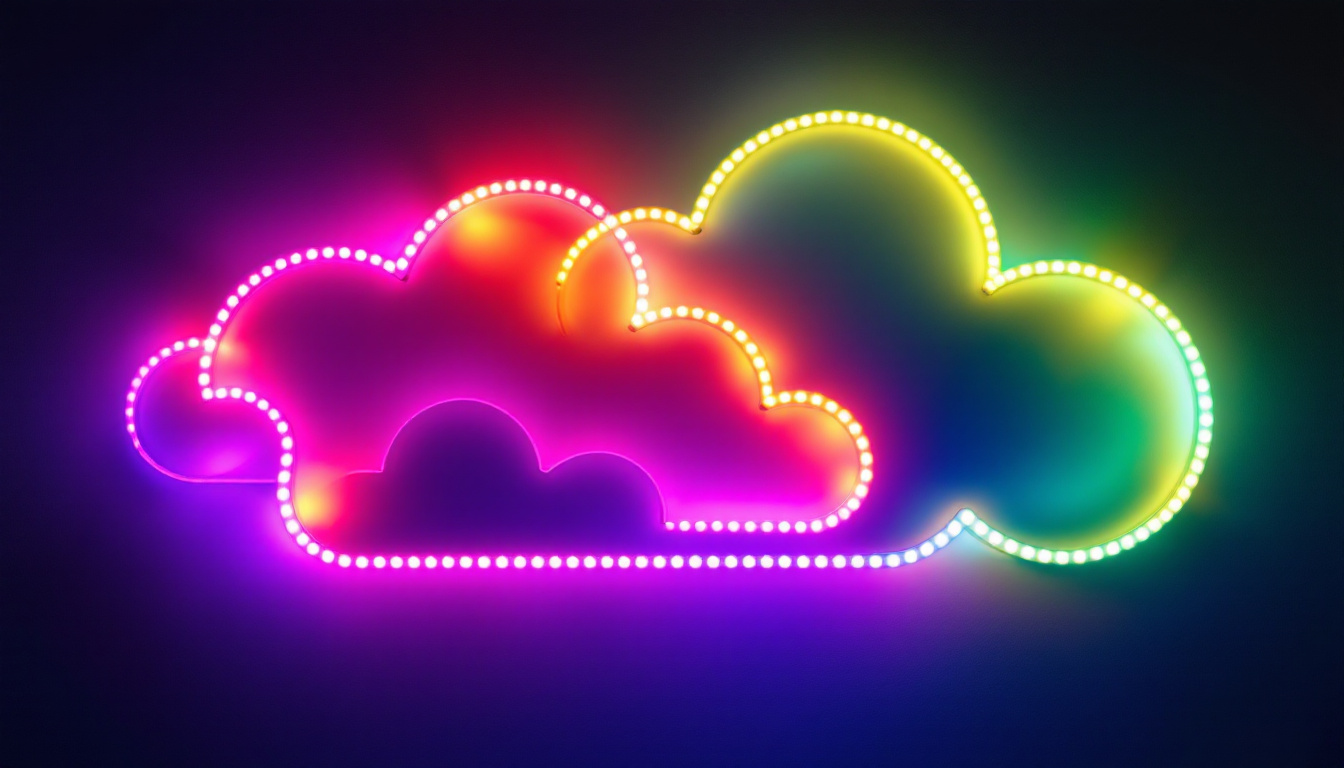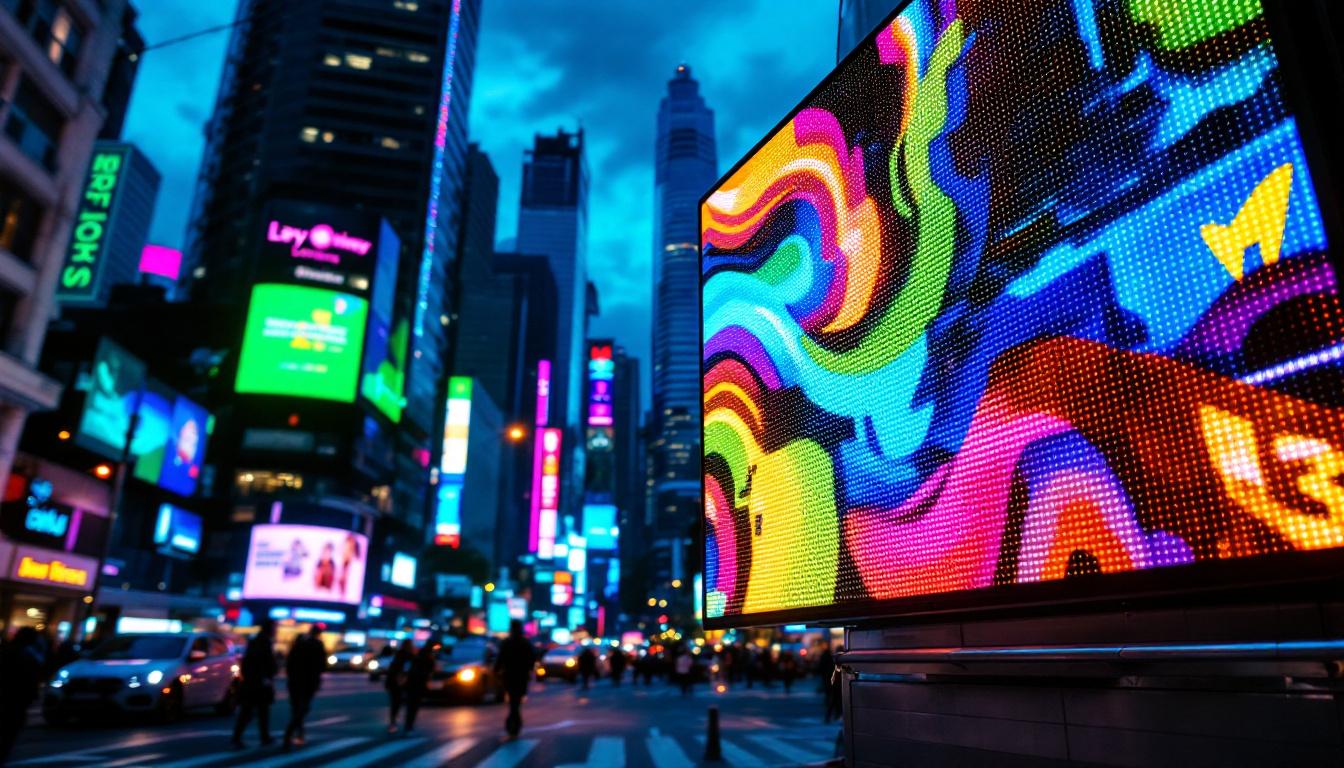In today’s fast-paced digital world, the demand for high-quality visual displays has surged. LED displays have become a popular choice for various applications, from advertising to personal use. This article delves into the intricacies of LED displays, exploring their technology, benefits, and applications in modern settings.
Understanding LED Technology
Light Emitting Diodes (LEDs) are semiconductor devices that emit light when an electric current passes through them. This technology has transformed the way displays are designed and utilized. Unlike traditional displays, LED technology offers several advantages that make it a preferred choice for many users. LEDs are not only energy-efficient but also have a longer lifespan compared to incandescent or fluorescent bulbs, making them a sustainable choice for consumers and businesses alike.
How LED Displays Work
At the core of an LED display is the arrangement of tiny LED bulbs that collectively create images and videos. These bulbs can be arranged in various configurations, such as matrices or clusters, depending on the desired display size and resolution. When an electric current flows through the diodes, they emit light, which can be modulated to produce a wide range of colors. The technology behind LED displays allows for rapid switching, enabling dynamic content that can change in real-time, which is particularly useful for advertising and information dissemination.
The brightness and clarity of LED displays are primarily due to their ability to produce vivid colors and high contrast ratios. This is achieved by varying the intensity of the light emitted by each diode, allowing for precise control over the displayed image. Additionally, the use of multiple LEDs in close proximity enhances the overall resolution, making images appear sharper and more detailed. The compact nature of LEDs also allows for thinner and lighter display designs, which is a significant advantage in modern electronic devices where portability is key.
Types of LED Displays
LED displays come in various types, each suited for specific applications. The most common types include:
- Direct View LED Displays: These displays consist of individual LED modules that are directly visible to the viewer. They are often used in large outdoor screens and billboards, providing high visibility even in bright sunlight due to their exceptional brightness levels.
- LED Backlit Displays: These are traditional LCD screens that use LEDs as a backlight source. They provide improved brightness and color accuracy compared to standard LCDs. The backlighting allows for thinner screens and can enhance the viewing experience in darker environments by providing deeper blacks and more vibrant colors.
- Organic LED (OLED) Displays: Utilizing organic compounds, OLED displays offer superior contrast and color reproduction. They are commonly found in high-end televisions and smartphones. Unlike traditional LEDs, OLEDs can achieve true blacks by turning off individual pixels, resulting in an unparalleled viewing experience that is particularly favored for cinematic displays and gaming.
In addition to these common types, there are also specialized LED displays, such as MicroLED and MiniLED technologies. MicroLED displays consist of microscopic LEDs that can create incredibly high-resolution images with exceptional brightness and color accuracy, while MiniLED technology uses smaller LEDs in backlighting to enhance contrast and reduce blooming effects in LCD screens. These advancements continue to push the boundaries of display technology, making LED displays an exciting field of innovation.
Benefits of LED Displays
LED displays have gained popularity for various reasons, offering numerous advantages over traditional display technologies. These benefits make them a compelling choice for both commercial and personal use.
Energy Efficiency
One of the most significant advantages of LED displays is their energy efficiency. Compared to older technologies like incandescent or fluorescent displays, LEDs consume significantly less power. This not only reduces electricity bills but also contributes to a lower carbon footprint, making them an environmentally friendly option.
Moreover, LED displays generate less heat, which can prolong their lifespan and reduce the need for cooling systems in larger installations. This combination of energy savings and longevity makes LED displays a cost-effective choice over time. The ability to operate efficiently even in low-light conditions further enhances their versatility, allowing for vibrant displays without excessive energy consumption. As a result, businesses can enjoy a dual benefit of lower operational costs while promoting sustainability, which is increasingly important in today’s eco-conscious market.
Durability and Longevity
LED displays are known for their robustness and durability. Unlike traditional screens that may be prone to damage from impacts or environmental factors, LEDs are built to withstand harsher conditions. This makes them ideal for outdoor installations where exposure to weather elements is a concern.
Additionally, LED technology has a longer lifespan than many other display types. With proper maintenance, an LED display can last for over 50,000 hours, significantly reducing the need for frequent replacements and repairs. This longevity not only saves money but also minimizes waste, aligning with global efforts to reduce electronic waste. Furthermore, many manufacturers offer warranties that reflect the confidence in their products’ durability, often covering several years of use, which can provide peace of mind for businesses investing in these displays. The combination of resilience and extended operational life makes LED displays a smart investment for both short-term and long-term applications.
Applications of LED Displays
The versatility of LED displays allows them to be used in a wide range of applications. From advertising to entertainment, their impact is felt across various industries.
Advertising and Marketing
One of the most prominent uses of LED displays is in advertising. Billboards and digital signage have evolved with the advent of LED technology, allowing businesses to showcase their products and services in vibrant colors and dynamic formats. The ability to change content in real-time provides advertisers with flexibility and the opportunity to engage audiences effectively.
Moreover, LED displays can be strategically placed in high-traffic areas, maximizing visibility and attracting potential customers. Their eye-catching nature makes them an essential tool for modern marketing strategies.
Entertainment and Events
In the entertainment industry, LED displays have revolutionized the way audiences experience events. Concerts, festivals, and sporting events often feature large LED screens that enhance the visual experience for attendees. These displays can showcase live feeds, animations, and branding, creating an immersive atmosphere.
Furthermore, LED technology is used in stage productions and theater performances, allowing for dynamic backdrops and lighting effects that enhance storytelling. The versatility of LED displays enables creative professionals to push the boundaries of visual presentation.
Installation and Maintenance Considerations
While LED displays offer numerous advantages, proper installation and maintenance are crucial for optimal performance. Understanding these aspects can help ensure that the investment in LED technology pays off in the long run.
Installation Best Practices
When installing an LED display, several factors must be considered. The location, viewing distance, and intended use all play a role in determining the appropriate display type and size. For instance, outdoor displays require weatherproofing and enhanced brightness to combat sunlight glare.
Additionally, professional installation is recommended to ensure that the display is securely mounted and correctly calibrated. This includes configuring the display settings for optimal color accuracy and brightness, as well as ensuring proper electrical connections.
Maintenance Tips
Regular maintenance is essential to keep LED displays functioning at their best. This includes routine cleaning to remove dust and debris, which can affect brightness and clarity. Using a soft, lint-free cloth and appropriate cleaning solutions is advisable to avoid damaging the display.
Moreover, monitoring the performance of the display is crucial. Any flickering or color inconsistencies should be addressed promptly, as they may indicate underlying issues that require professional attention. Keeping software and firmware updated is also important for maintaining functionality and security.
The Future of LED Displays
As technology continues to evolve, the future of LED displays looks promising. Innovations in design, functionality, and applications are on the horizon, paving the way for even more advanced display solutions.
Advancements in Technology
Emerging technologies such as MicroLED and MiniLED are set to revolutionize the display industry. These advancements promise even higher resolutions, improved color accuracy, and more efficient energy consumption. MicroLED, in particular, offers the potential for displays that are thinner, lighter, and more flexible, opening up new possibilities for design and application.
Additionally, advancements in artificial intelligence and machine learning may lead to smarter displays that can adapt to their environment, enhancing user experience. For instance, displays could automatically adjust brightness based on ambient light conditions, ensuring optimal visibility at all times.
Integration with Smart Technology
The integration of LED displays with smart technology is another trend gaining traction. As the Internet of Things (IoT) continues to expand, LED displays can be connected to various devices, allowing for seamless content sharing and interactivity. This connectivity can enhance user engagement and create personalized experiences.
For businesses, this means the ability to tailor advertising content based on real-time data, such as customer demographics or foot traffic patterns. The potential for customization and interactivity makes LED displays an even more valuable asset in the digital landscape.
Conclusion
LED displays have transformed the way visual information is presented and consumed. Their energy efficiency, durability, and versatility make them an ideal choice for a wide range of applications, from advertising to entertainment. As technology continues to advance, the future of LED displays promises even greater innovations that will further enhance their impact in various industries.
Whether for personal use or commercial applications, understanding the technology behind LED displays and their benefits can help users make informed decisions. With proper installation and maintenance, LED displays can serve as powerful tools for communication, engagement, and creativity in the digital age.
Discover LumenMatrix’s Innovative LED Solutions
Ready to elevate your visual display capabilities? Explore LumenMatrix’s comprehensive range of LED display solutions, designed to bring your brand to life. From vibrant Indoor and Outdoor LED Wall Displays to dynamic Vehicle and Sports LED Displays, LumenMatrix offers tailored options to fit your unique needs. Immerse your audience with our LED Poster and Floor Displays, or go beyond the conventional with Custom and All-in-One LED solutions, including the cutting-edge LED Transparent Display. Embrace the future of visual communication with LumenMatrix and create unforgettable experiences. Check out LumenMatrix LED Display Solutions today and transform your space into a canvas of innovation.

